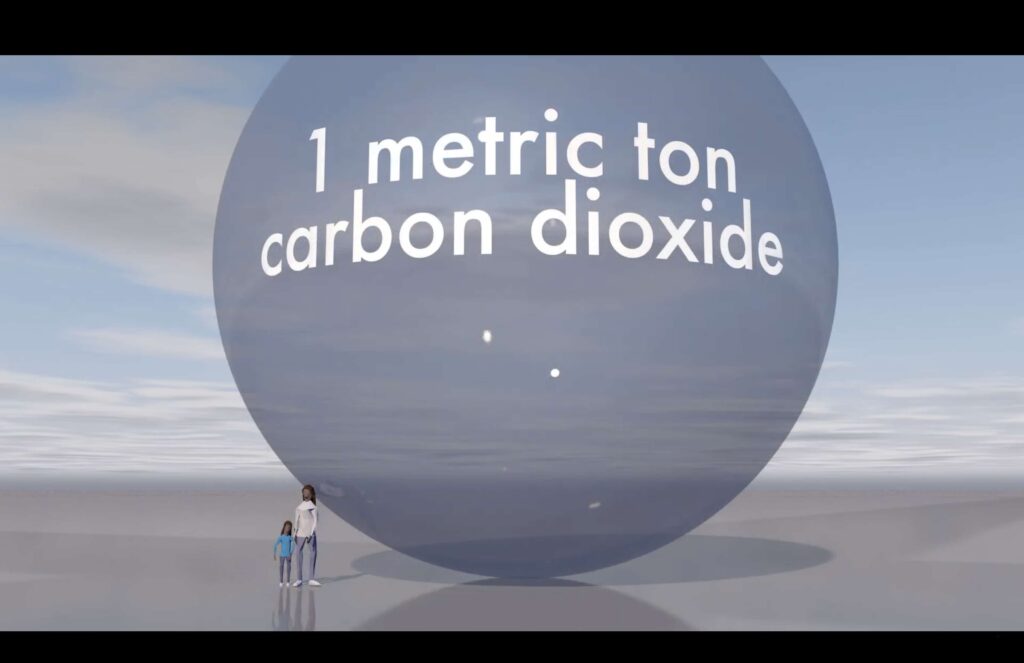
Cement, the main component and binding agent of concrete, emitted roughly 1.6Bn tons of CO2 in 2022 with its production. The above image is a visualization of the volume occupied by one ton of CO2 gas at standard temperature and pressure (our video with further visualization of the cement industry’s production). With a 16.6% Export Growth (CAGR) from 2020 to 2021, and with developing countries expected to continually increase demand for cement, the industry needs a paradigm shift to curb emissions in line with our ecosystem’s demands. Two battery scientists from MIT may have an answer.
Today’s cement is commonly made by grounding a mixture of limestone, sand, and clay, then heating it to temperatures from 1800-2,700 °F, most often using fossil fuels. The fossil fuel combustion contributes about 35% of cement production CO2 and the heating of limestone produces a chemical reaction releasing about 65% of cement’s CO2. In developing nations, the contribution from fossil fuels is higher due to less industrial electrification and renewable energy.
Instead of the above, Sublime electrifies lime and sublime in water to create the components making up their proprietary cement. The startup claims that by removing the need for excessive heat powered by fossil fuels, and by using noncarbonate starting materials that do not release CO2 in their processing–they are able to make a truly zero-carbon cement. This negates the need for expensive Carbon Dioxide Removal to offset emissions, making a much simpler path to decarbonization by cutting emissions at the source rather than catching up with them.
As is often the case with emerging technologies, Sublime states that a main barrier for them is the scales of engineering needed to meet the demands of the construction industry. This along with establishing builders’ trust in their material will be the main challenges that the startup will need to overcome, though they claim that their product acts as a 1:1 substitute for ordinary Portland cement.
Healthy sums of investment from a range of sources shows there is likely already high credibility and potential in this technology. Their latest funding was a Series A round totaling $40M, led by Lowercarbon Capital and joined by The Engine, Energy Impact Partners, and Siam Cement Group.